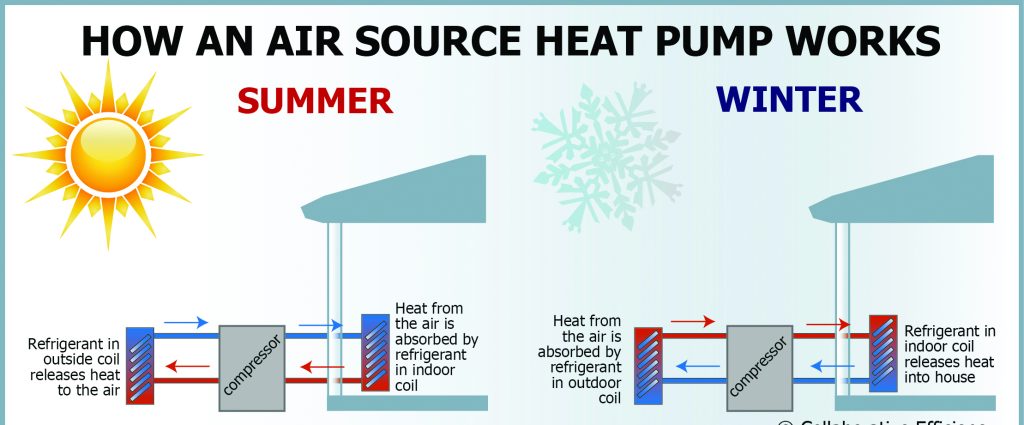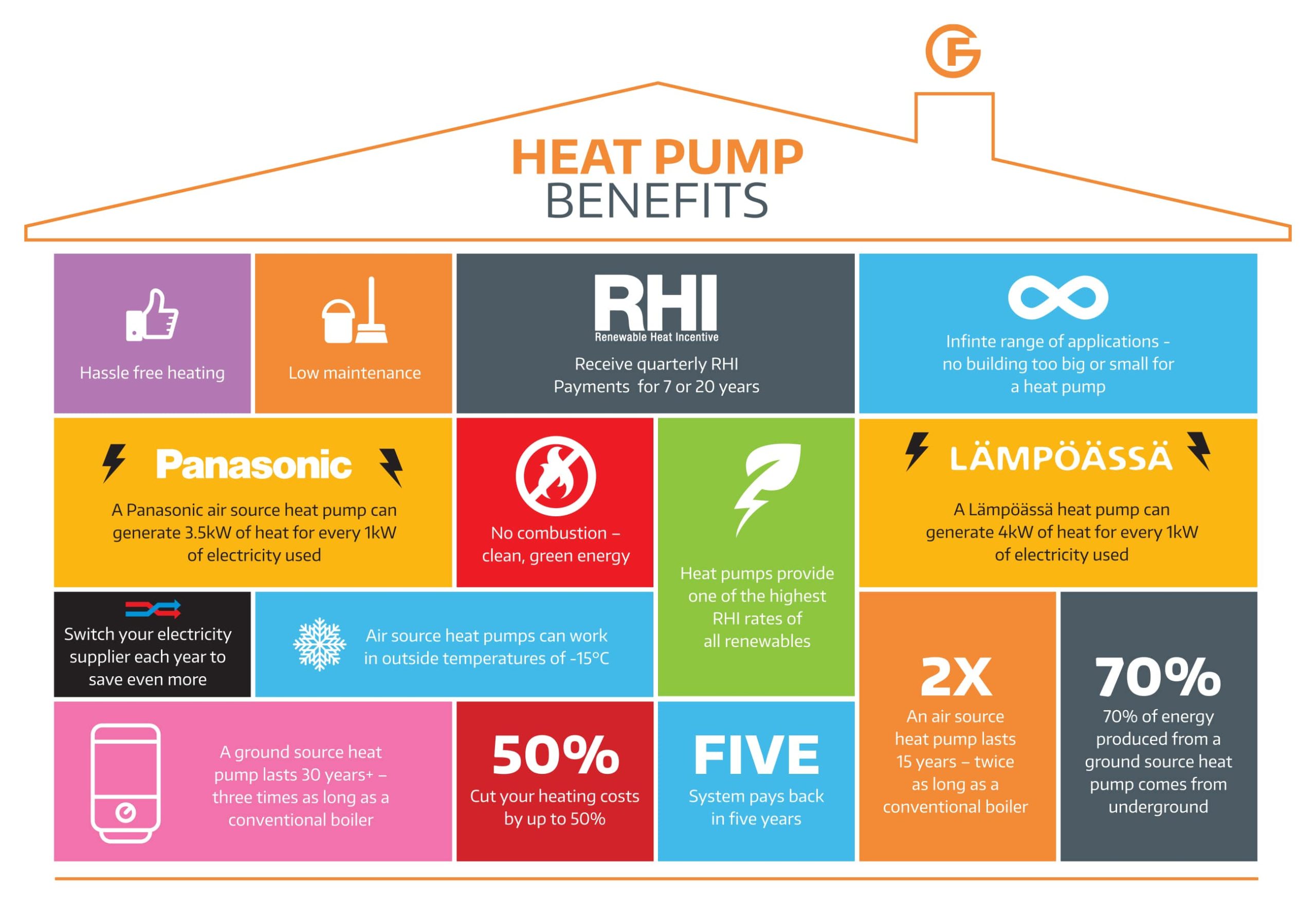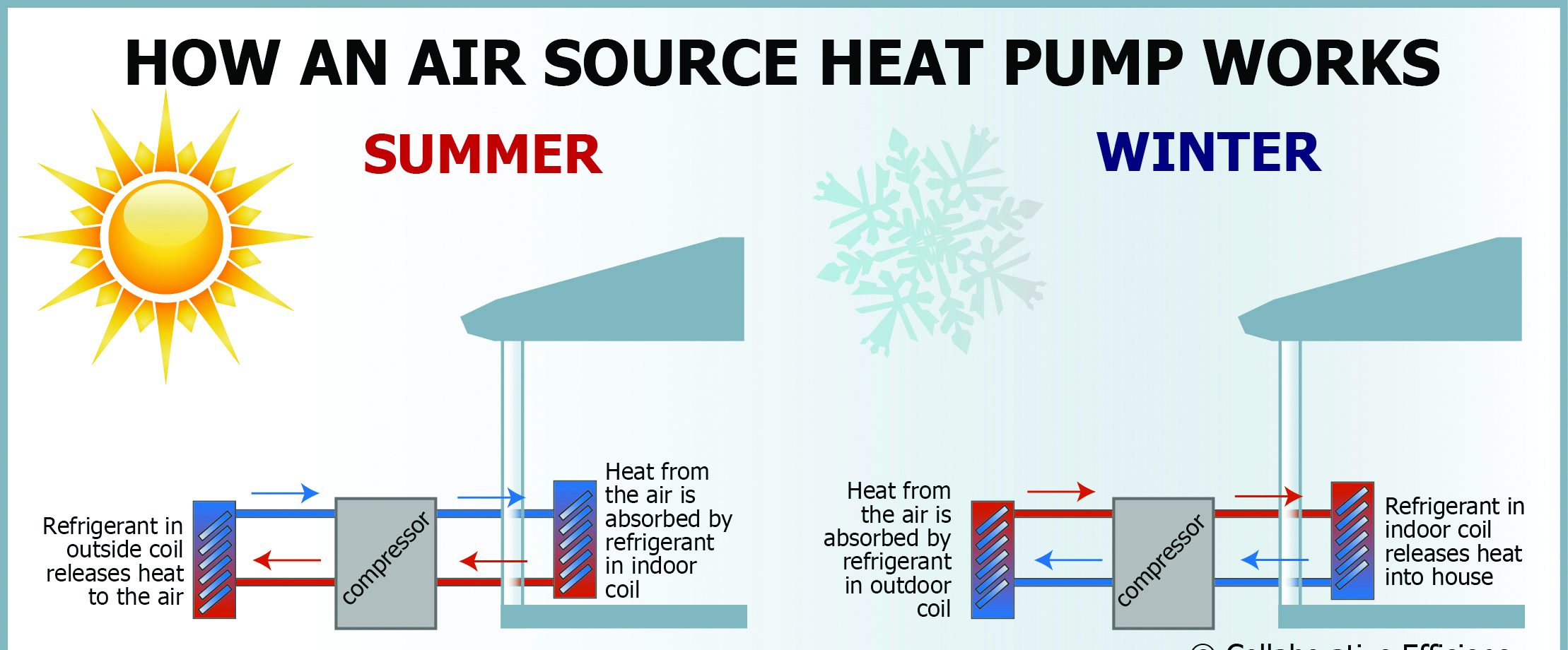
The Benefits of Air to Water Heat Pumps
With rising energy costs, many homeowners are looking for ways to reduce their home heating and hot water bills. An air-to-water heat pump is one way to do this, providing a more efficient way of using existing resources for your home’s heating and hot water needs. Air-to-water heat pumps (also known as air source or air-to-water heat pumps) work by taking latent energy stored in the air around us and transferring it into usable energy through an electrically powered compressor. This process can provide up to four times more energy than conventional electric resistance heating systems, reducing both the cost of operation and carbon footprint.
Understanding How an Air-Water Heat Pump Works
An õhk vesi soojuspumbad system consists of two main components – a compressor unit located outside your home that draws in warm outdoor air and a storage tank that transfers the collected warmth into usable energy. The compressor compresses the incoming warm outdoor air, raising its temperature before it is sent back inside. Here, a fan distributes the heated air throughout your home via radiators or underfloor pipes. Any excess warmth not used immediately is transferred into a storage tank for future use when required – such as during very cold weather conditions.
Benefits of installing an air-to-water heat pump system
Installing an air-to-water heat pump system offers several advantages over traditional methods of home heating and hot water solutions:
1) Cost savings:
An air-to-water heat pump can save you money on both running and installation costs compared to other types of heating systems – up to 50% in some cases. This makes them ideal for those who want to reduce their energy bills, while still having access to all the comforts of modern living.
2) Environmentally friendly:
Unlike gas-fired boilers, which require the combustion of fossil fuels and release harmful emissions into the atmosphere, air-source heat pumps use no combustible fuel sources at all! Instead, they capture latent energy from ambient temperatures to power themselves – making them much kinder to our planet as well as your wallet!
3) Easy to install:
Compared to ground source systems that require extensive excavation (which can be costly), an air source system requires minimal disruption during installation, typically requiring only small holes to be drilled outside the property for pipework.
4) Flexible design:
With today’s technological advances, there are now multiple design options available depending on individual requirements such as vertical or horizontal orientation, wall mounted or freestanding, etc., making them suitable for most homes regardless of size or shape without requiring major structural changes.
5) Quiet operation:
Because these systems don’t use noisy fans like conventional electric resistance heating models, they operate almost silently, so they won’t disturb you when you’re relaxing at home!
6) Easy to adjust:
Many models now allow you to easily control how much heat is delivered to different areas via remote controls/smartphone apps etc., giving you complete flexibility to adjust temperatures according to user preferences or room occupancy levels throughout the day/night cycle, etc.
7) Durability & maintenance costs:
With regular maintenance (recommended annually), these systems can last up to 12+ years, so offer very good value over time, and with few moving parts, maintenance is usually minimal – saving even more money!
The bottom line
Air-to-water heat pumps are becoming increasingly popular due to their efficiency gains over traditional methods, while also offering significant cost savings! They’re also far easier and less disruptive to install than ground-source alternatives, making them perfect if you’re looking for maximum performance with minimum fuss! If you’re looking to get more out of your existing resources, why not consider investing in an advanced technology solution?



